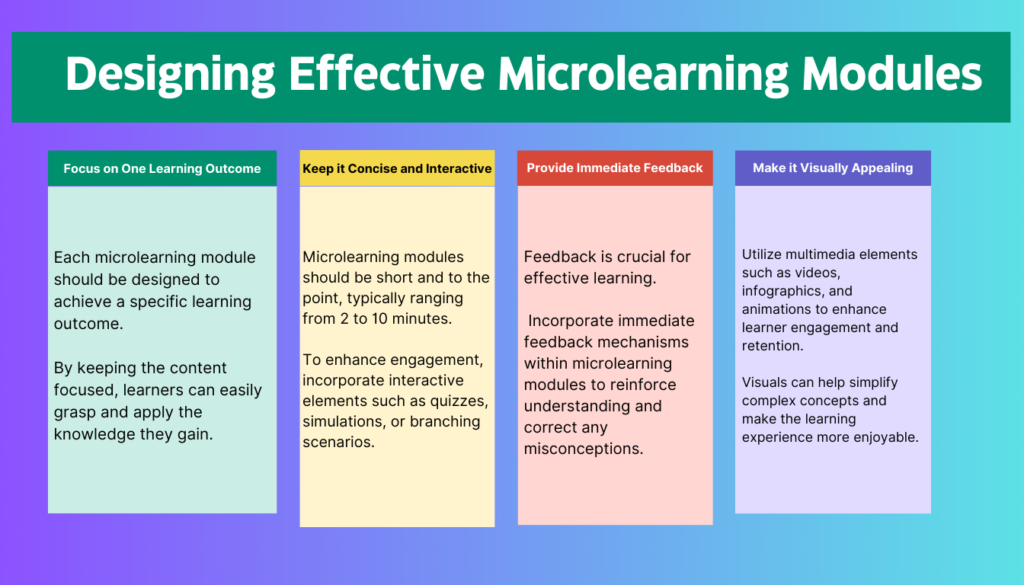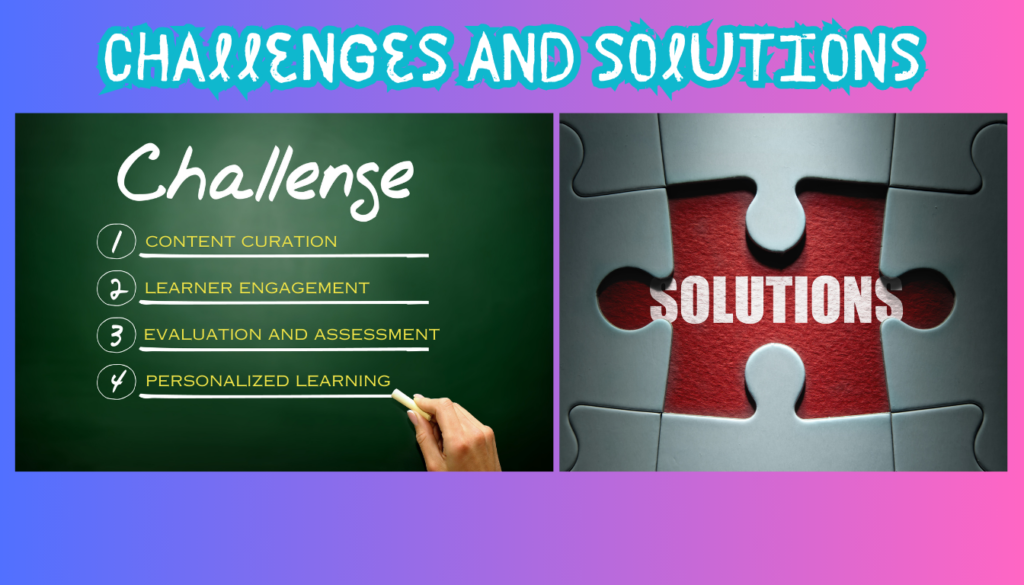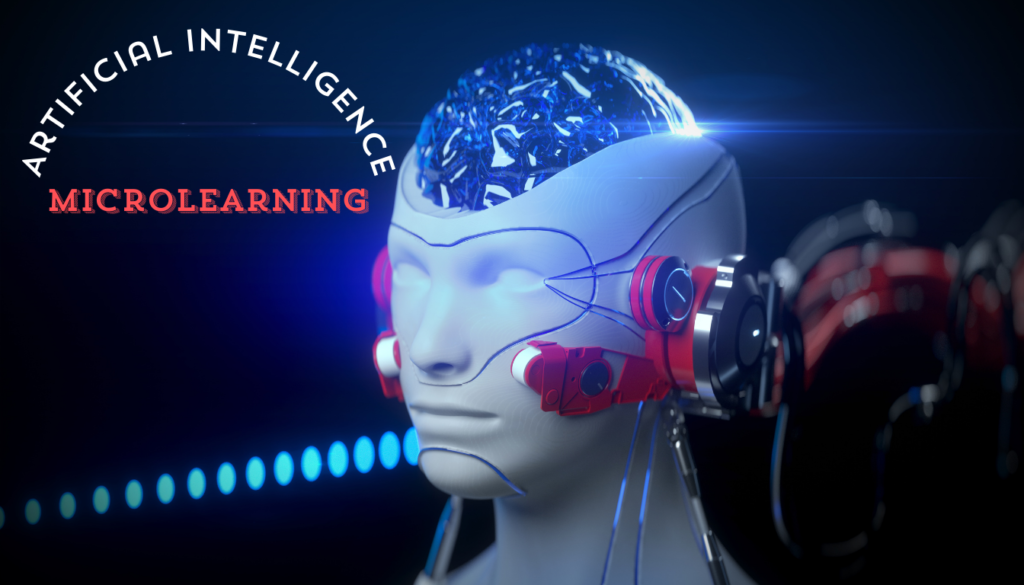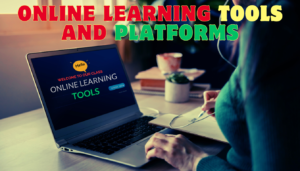Introduction
Learning is evolving at an unprecedented pace. Traditional methods of education can no longer keep up with the demands of today’s learners. Enter microlearning, a revolutionary approach that offers bite-sized, easily digestible chunks of information to enhance knowledge retention and engagement. As the future of learning, microlearning empowers individuals to take control of their own education and learn on their own terms.
With its short and focused format, it enables learners to access information quickly and conveniently, whether it’s through videos, infographics, quizzes, or interactive modules. This approach not only caters to the shorter attention spans of modern learners but also facilitates active learning and continuous improvement. Moreover, microlearning is highly adaptable, making it a valuable tool for corporate training, professional development, and even personal growth.
In this article, we will explore the power of microlearning and its immense potential to revolutionize education. We will delve into its benefits, its applicability across industries, and the latest trends shaping its future. Discover how you can leverage it to enhance knowledge acquisition, foster a culture of lifelong learning, and unlock your true potential in the ever-evolving digital age.
Table of Contents
History and Development
| Year/Period | Milestone/Development |
|---|---|
| Early 20th Century | Origin of behaviorist psychology, foundational theories influence bite-sized learning concepts. |
| 1950s | B.F. Skinner introduces programmed instruction, promoting small learning units for better retention. |
| 1960s | Development of teaching machines and computer-based training, emphasizing short learning sessions. |
| 1970s-1980s | Corporate training adopts microlearning for employee education due to its efficiency and effectiveness. |
| 1990s | Advent of digital flashcards and other computer-assisted learning tools that enable microlearning techniques. |
| 2000s | Rise of the internet and multimedia tools facilitate the growth of microlearning platforms. |
| 2010s | Expansion of mobile learning apps, platforms like Duolingo use microlearning for language education. |
| 2020s | Integration of AI and machine learning to customize microlearning experiences based |
Benefits of Microlearning
Microlearning has gained significant popularity due to its numerous benefits for both learners and educators. Let’s explore some of the main advantages of incorporating it into your learning strategy.
| Benefit | Description |
|---|---|
| Enhanced Retention | Microlearning boosts knowledge retention by focusing on small, manageable chunks of information at a time. |
| Flexibility | Allows learners to engage with material on their own schedule and pace, fitting learning into busy lifestyles. |
| Efficiency | Short learning sessions are more cost-effective and time-efficient, maximizing learning impact per minute. |
| Engagement | Interactive and concise content keeps learners engaged, reducing the likelihood of cognitive overload. |
| Accessibility | Content is often accessible on multiple devices, including smartphones, making it easy to learn on-the-go. |
1. Enhanced Knowledge Retention
One of the fundamental advantages of it is its ability to enhance knowledge retention. By presenting information in small-sized chunks, learners can absorb and retain information more effectively. Research has shown that shorter learning sessions, spaced out over time, result in better long-term retention compared to traditional lengthy lectures or training sessions. It leverages this concept by breaking down complex topics into smaller, manageable units, enabling learners to focus on specific concepts and reinforce their understanding.
2. Increased Engagement and Motivation

Traditional learning methods often struggle to keep learners engaged and motivated. Lengthy lectures or training sessions can lead to information overload and disengagement. Microlearning addresses this issue by presenting information in a concise and engaging manner. The use of multimedia elements such as videos, infographics, and interactive quizzes captures learners’ attention and makes the learning process more enjoyable. Additionally, the short duration of its modules fits well with the shorter attention spans of modern learners, keeping them actively engaged throughout the learning experience.
3. Flexibility and Accessibility
Microlearning offers unparalleled flexibility and accessibility, making it suitable for learners of all backgrounds and learning styles. With the rise of mobile devices and e-learning platforms, learners can access its modules anytime, anywhere, and at their own pace. This flexibility allows individuals to learn on their own terms, fitting learning into their busy schedules. Furthermore, the short duration of its modules makes it easier to integrate learning into daily routines, such as during a commute or a lunch break, maximizing time efficiency and productivity.
Microlearning Statistics
To further highlight the impact and effectiveness of microlearning, let’s explore some compelling statistics that demonstrate its widespread adoption and positive outcomes.
- According to a study by the Journal of Applied Psychology, it can lead to a 17% increase in knowledge retention compared to traditional learning methods.
- A survey conducted by the Brandon Hall Group found that 94% of organizations reported that microlearning positively influenced employee performance.
- Research by the eLearning Industry revealed that its modules are 50% more engaging compared to traditional training methods.
- A study conducted by the University of California Irvine showed that learners who engaged in microlearning experienced a 20% increase in completion rates compared to traditional e-learning courses.
These statistics highlight the effectiveness and popularity of microlearning as a powerful learning tool in various contexts.
Incorporating in Corporate Training
Microlearning has proven to be particularly effective in corporate training and professional development programs. Its adaptable nature and ability to cater to different learning styles make it an ideal choice for organizations looking to enhance employee learning and skills development.
Designing Effective Microlearning Modules

When designing microlearning modules for corporate training, it is essential to consider the specific learning objectives and the target audience. Here are some key principles to keep in mind for its effective design:
- Focus on one learning outcome: Each module should be designed to achieve a specific learning outcome. By keeping the content focused, learners can easily grasp and apply the knowledge they gain.
- Keep it concise and interactive: Its modules should be short and to the point, typically ranging from 2 to 10 minutes. To enhance engagement, incorporate interactive elements such as quizzes, simulations, or branching scenarios.
- Provide immediate feedback: Feedback is crucial for effective learning. Incorporate immediate feedback mechanisms within the modules to reinforce understanding and correct any misconceptions.
- Make it visually appealing: Utilize multimedia elements such as videos, infographics, and animations to enhance learner engagement and retention. Visuals can help simplify complex concepts and make the learning experience more enjoyable.
Tools and Platforms
To implement microlearning effectively, organizations can leverage various tools and platforms specifically designed for creating and delivering content. These tools offer features such as multimedia integration, analytics, and mobile compatibility, making it easier for organizations to create and distribute its modules.
- Learning Management Systems (LMS): Many LMS platforms now offer built-in capabilities or integrations with its tools. These platforms provide a centralized hub for creating, managing, and delivering microlearning content to employees.
- Authoring Tools: Authoring tools like Articulate Rise, Adobe Captivate, or Elucidat allow organizations to create interactive and visually appealing modules without extensive programming knowledge. These tools often come with templates and multimedia libraries to streamline the content creation process.
- Mobile Apps: Mobile apps focused on it, such as Duolingo or LinkedIn Learning, provide learners with access to a wide range of modules on their smartphones or tablets. These apps often offer gamified elements and personalized learning paths to enhance engagement.
By leveraging these tools and platforms, organizations can easily implement microlearning into their training programs and provide employees with a flexible and engaging learning experience.
Implementation in Educational Institutions

Microlearning is not limited to corporate training; it also holds immense potential in educational institutions. By incorporating it into traditional education settings, institutions can enhance student learning outcomes and foster a culture of lifelong learning.
Advantages in Education
- Personalized Learning: It enables educators to tailor learning experiences to individual student needs. By breaking down complex topics into smaller modules, educators can provide personalized learning paths and support differentiated instruction.
- Active Learning: It encourages active learning by incorporating interactive elements such as quizzes, simulations, and discussions. This active participation enhances student engagement and promotes critical thinking and problem-solving skills.
- Just-In-Time Learning: Microlearning allows students to access information when they need it, promoting just-in-time learning. This approach ensures that students can quickly find relevant information and apply it immediately, enhancing knowledge application and retention.
- Microcredentials and Badges: It can be used to offer microcredentials or badges for specific skills or achievements. These digital credentials can be shared on professional platforms, showcasing students’ continuous learning and skill development.
By integrating microlearning into educational institutions, educators can create dynamic and engaging learning experiences that cater to the needs and preferences of today’s digital-native students.
Challenges and Solutions

While microlearning offers numerous benefits, it also presents some challenges that organizations and educational institutions must address for successful implementation.
Challenge 1: Content Curation
With the abundance of information available, curating high-quality and relevant content for microlearning can be a challenge. Organizations and educators need to invest time and resources in identifying and curating reliable and up-to-date content from credible sources.
Solution 1:
Establish clear content curation guidelines and collaborate with subject matter experts to ensure the accuracy and relevance of the curated content. Regularly review and update the content to align with changing industry trends.
Challenge 2: Learner Engagement
Keeping learners engaged throughout modules is crucial for effective learning. However, with distractions and short attention spans, maintaining learner engagement can be a challenge.
Solution 2:
Incorporate interactive elements such as quizzes, games, and simulations to make the learning experience more engaging and interactive. Gamification elements, such as leaderboards or rewards, can also motivate learners to actively participate and complete the modules.
Challenge 3: Evaluation and Assessment
Assessing learner progress and evaluating the effectiveness of modules can be challenging due to the fragmented nature of microlearning.
Solution 3:
Implement formative assessments throughout the modules to gauge learner understanding and provide immediate feedback. Use analytics and data tracking tools to collect data on learner progress and performance, enabling organizations and educators to evaluate the effectiveness of the microlearning approach.
By addressing these challenges and implementing appropriate solutions, organizations and educational institutions can overcome potential barriers and maximize the benefits.
The Future of Microlearning
As technology continues to advance and learning evolves, the future of looks promising. Here are some key trends that are shaping the future of it:
Artificial Intelligence (AI) Integration

AI-powered technologies, such as chatbots and virtual assistants, can enhance the experience by providing personalized recommendations, answering learner questions, and offering real-time assistance. Artificial Intelligence(AI) algorithms can analyze learner data and preferences to deliver tailored microlearning content, ensuring a more customized and effective learning experience.
Virtual Reality (VR) and Augmented Reality (AR)
VR and AR technologies provide immersive learning experiences, allowing learners to interact with virtual environments and objects. By incorporating VR and AR into modules, organizations and educational institutions can create realistic simulations, virtual labs, and interactive scenarios, enhancing learner engagement and knowledge application.
Soft Skills Development
While it has primarily been used for knowledge-based learning, there is an increasing focus on using microlearning for soft skills development. Bite-sized modules focused on
Conclusion and Final Thoughts
In conclusion, microlearning is not just a fleeting educational trend but a potent tool reshaping how we engage with knowledge in our fast-paced world. Its ability to break down complex information into digestible, focused segments makes it an invaluable resource for learners across various fields. Whether it’s enhancing professional skills, supporting academic success, or facilitating personal development, microlearning offers a flexible and effective approach that aligns perfectly with the demands of modern life.
As we continue to navigate the challenges of time constraints and information overload, the strategic application of microlearning can provide a clear path to learning efficiency and success. Organizations, educators, and learners are encouraged to embrace this dynamic method to not only meet educational goals but to foster a lifelong learning culture that is both sustainable and enjoyable. With microlearning, we have the opportunity to transform the educational landscape, making learning more accessible, engaging, and impactful for everyone.
FAQ
What is Microlearning?
It is a strategy that involves delivering content in small, specific bursts where learners control when and what they’re learning. The sessions are typically short, lasting only a few minutes, and focus on a single topic or learning outcome.
What are the benefits of Microlearning?
It makes the learning process more manageable and less overwhelming, enhances retention, and allows for flexibility in when and where learning occurs. It is particularly effective for busy individuals who may not have long periods available for training or studying.
How is Microlearning delivered?
It can be delivered through various formats including short videos, interactive quizzes, brief articles, infographics, and digital flashcards. These materials are often accessed via smartphones, making learning possible on-the-go.
Can Microlearning replace traditional learning methods?
It is best used as a complement to traditional learning methods. It is particularly effective for reinforcement, skill updates, and providing quick answers to specific questions. It is not typically suitable for deep dives into complex subjects, which require more comprehensive study.
Who can benefit from Microlearning?
Virtually anyone can benefit from microlearning, but it is especially advantageous for professionals needing to update skills regularly, students who need quick review materials, and employees undergoing training who require quick lessons on specific tasks or policies.
How do organizations implement Microlearning?
Organizations can implement it by integrating it into their existing training programs as a tool for reinforcement, creating standalone micro-courses that employees can access at need, or using it to support onboarding processes with quick lessons on company culture and procedures.
What are the challenges of Microlearning?
Some challenges include ensuring that the content is comprehensive enough to achieve its educational goals, keeping learners engaged over time, and integrating its activities into a broader educational framework to ensure coherent overall learning strategies.


